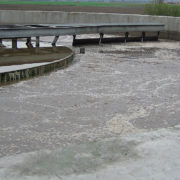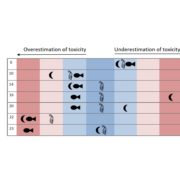New project started: ‘Prioritisation and risk evaluation of medicines in the environment’ (PREMIER)
The Innovative Medicines Initiative (IMI) project PREMIER aims to develop a centralised, user-friendly digital assessment system accessible for all relevant stakeholders. PREMIER will also explore options to incorporate environment considerations earlier in the drug development process to inform drug design and to reduce the need of animal testing. ECT is involved in this project as […]

 Premier
Premier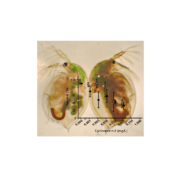 L. Schlüter-Vorberg
L. Schlüter-Vorberg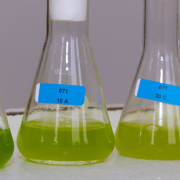 D. Leib
D. Leib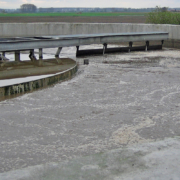 T. Junker
T. Junker